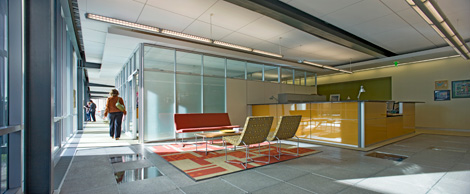
In November 2009, SITES released its pilot version with the credits acceptable in the initial rating system. Approximately 350 projects applied through the February 2010 close date, including academic and corporate campuses, public parks with hundreds of acres, transportation corridors and private homes on less than an acre. Approximately 12 percent of the participating projects are residential, Windhager notes.
In addition to the Tempe Transportation Center, four other Arizona projects were chosen for the final 175 projects in the pilot program: the Paseo Vista Recreation Area, a 65-acre Chandler park being installed on a closed landfill; the Scotland Yard Neighborhood Park in Peoria, on a vacant 8.3 acre grayfield site; Troon North Park in Scottsdale; and the Downtown Links Roadway Project in Tucson.
The
A final version of the rating system is scheduled for 2013, when SITES will open enrolment in the program for any project in the
Adds Kane: “I hope the Sustainable Sites Initiative will foster more dialogue about the importance of landscape and the site relative to the built environment. We need to think about landscape the same way we think about masonry, glass and steel.
“The idea is to integrate architecture with its site and landscape and vice versa — each needing the other, neither more important than the other, working together like a natural system.”
